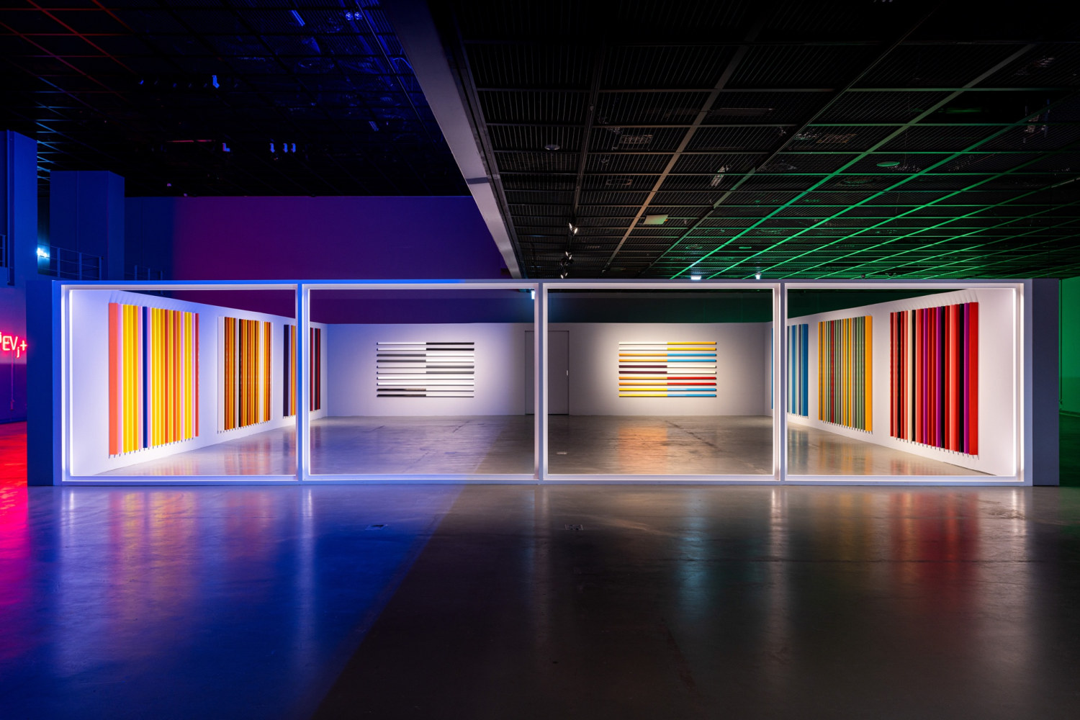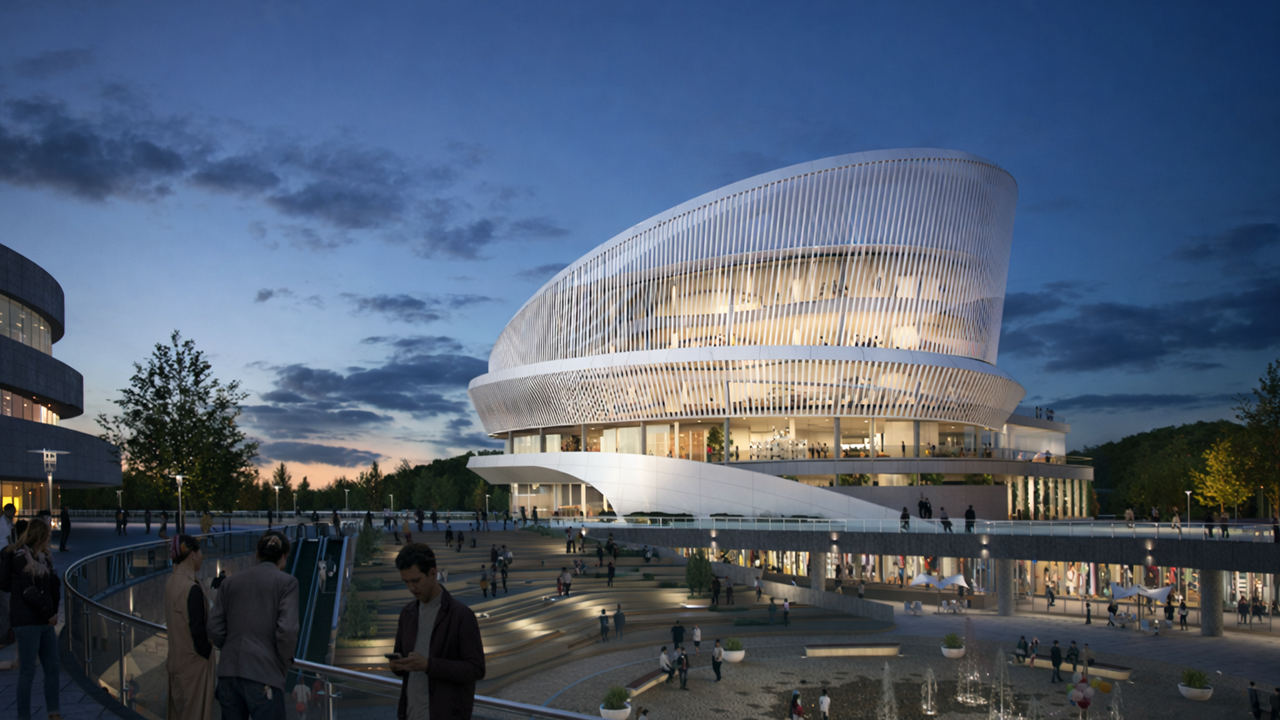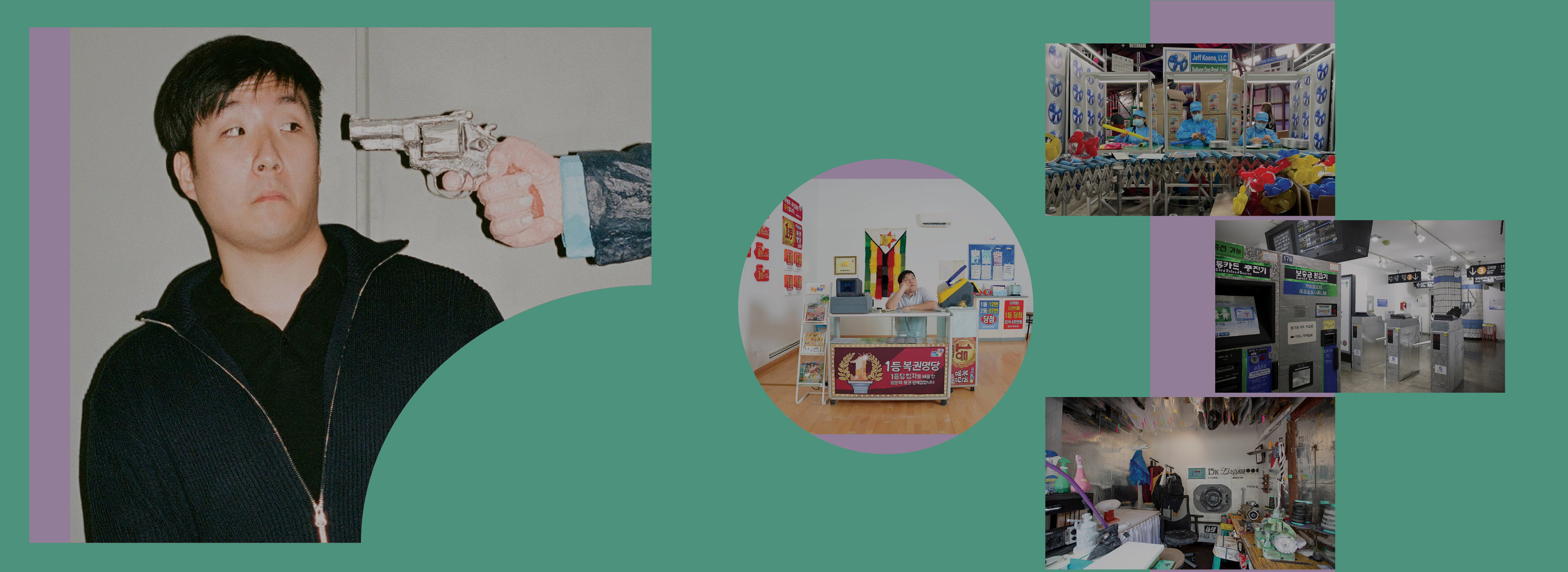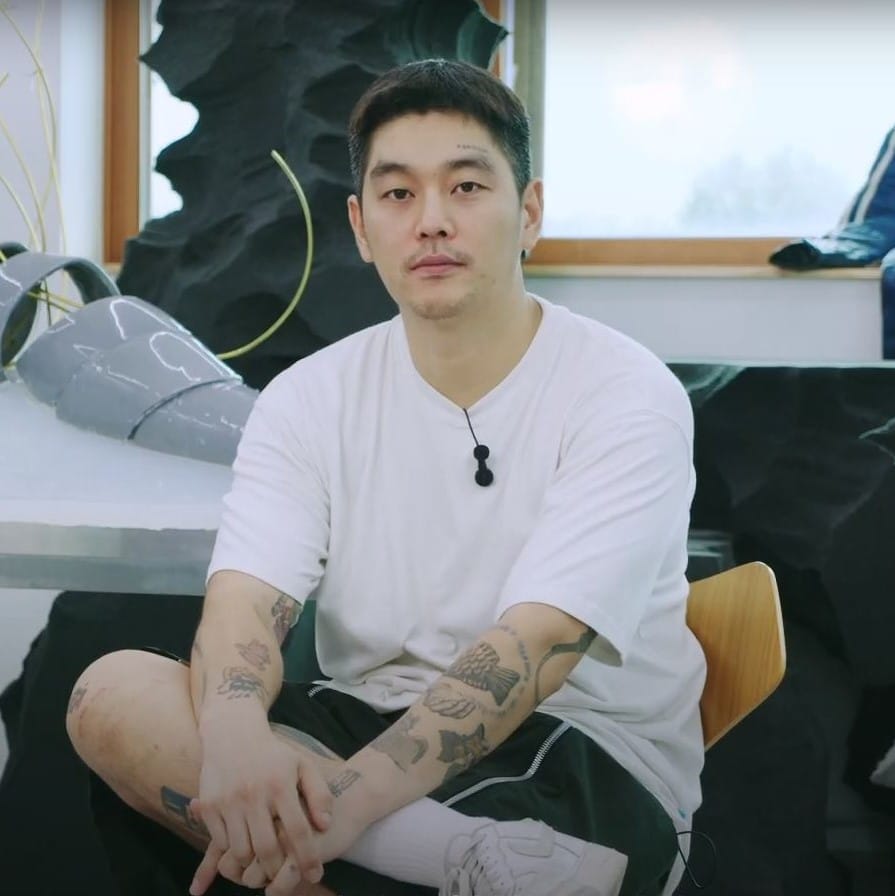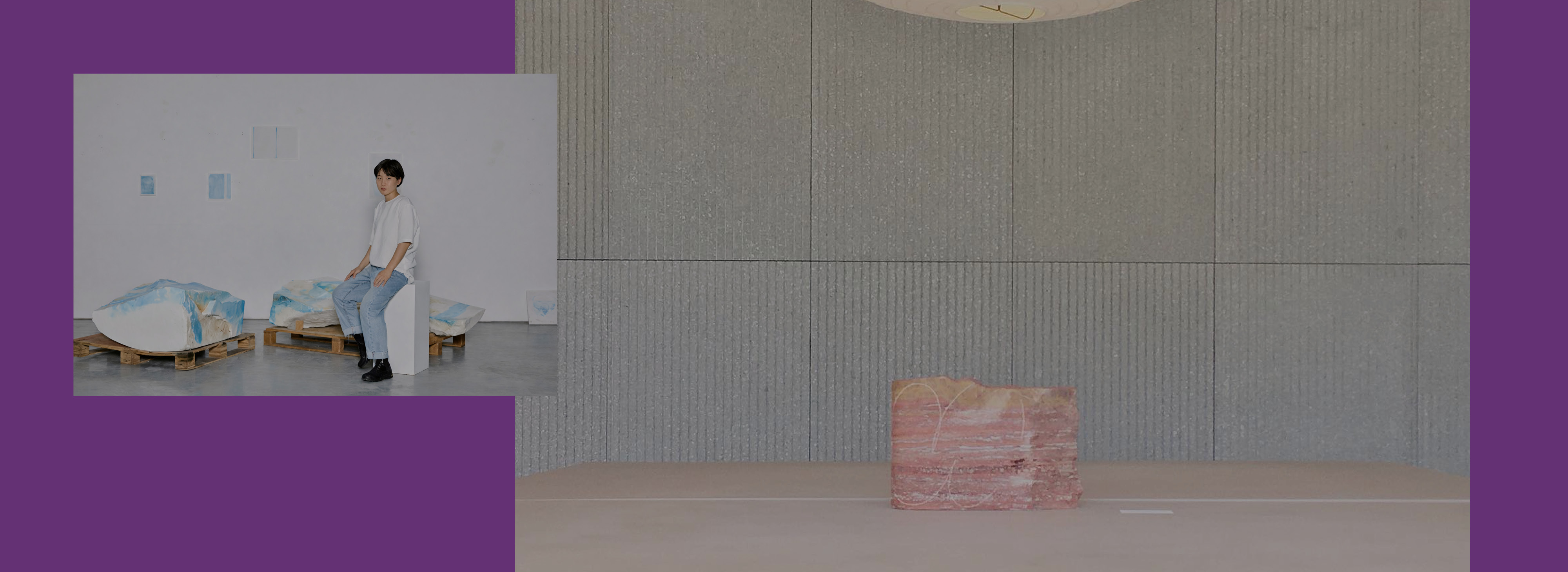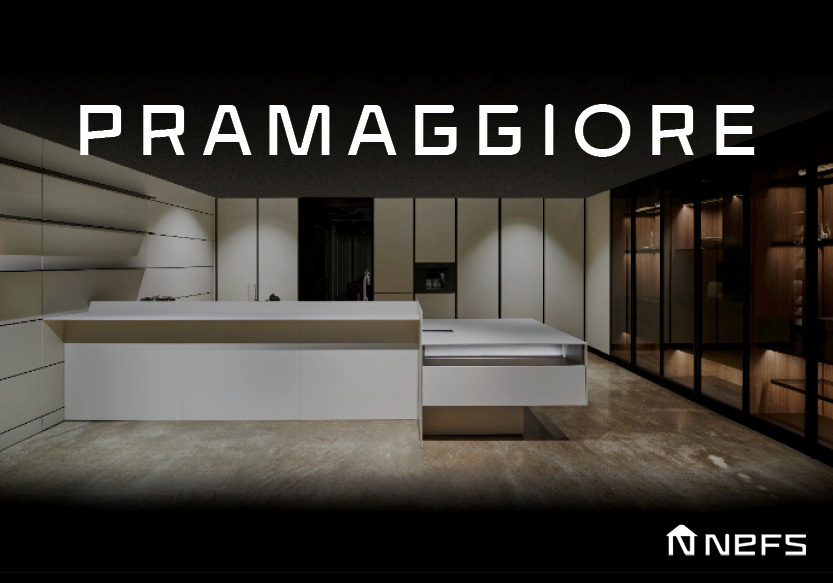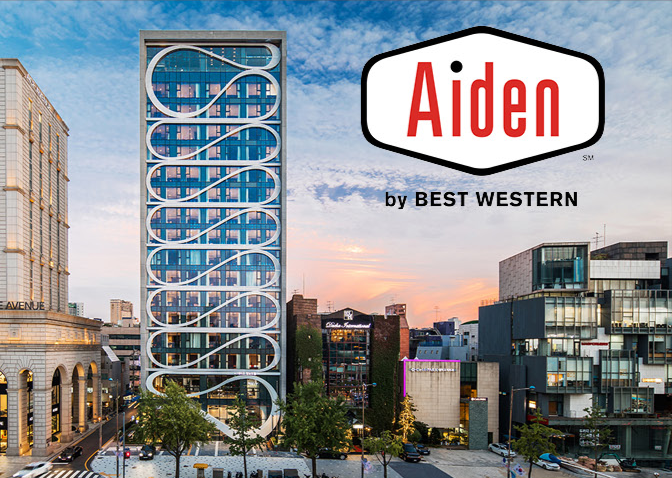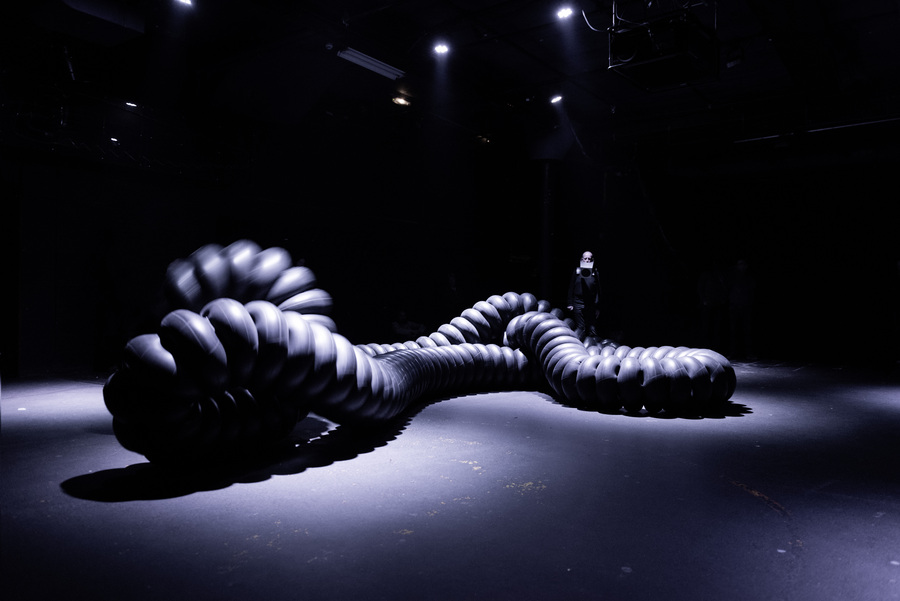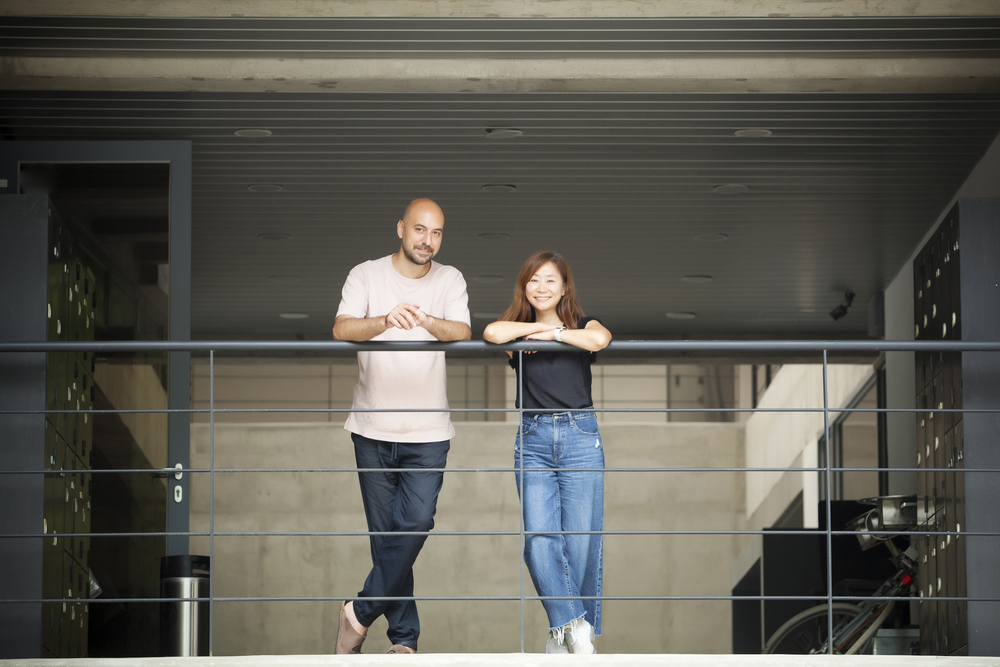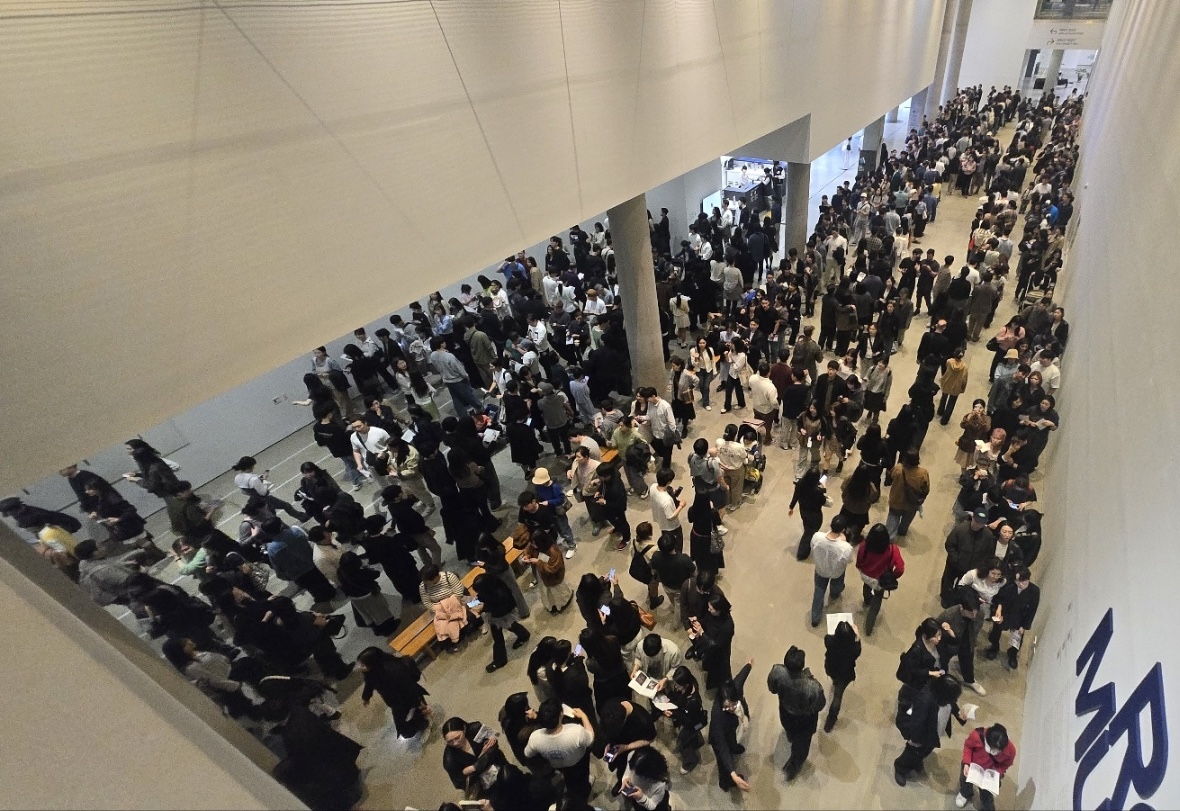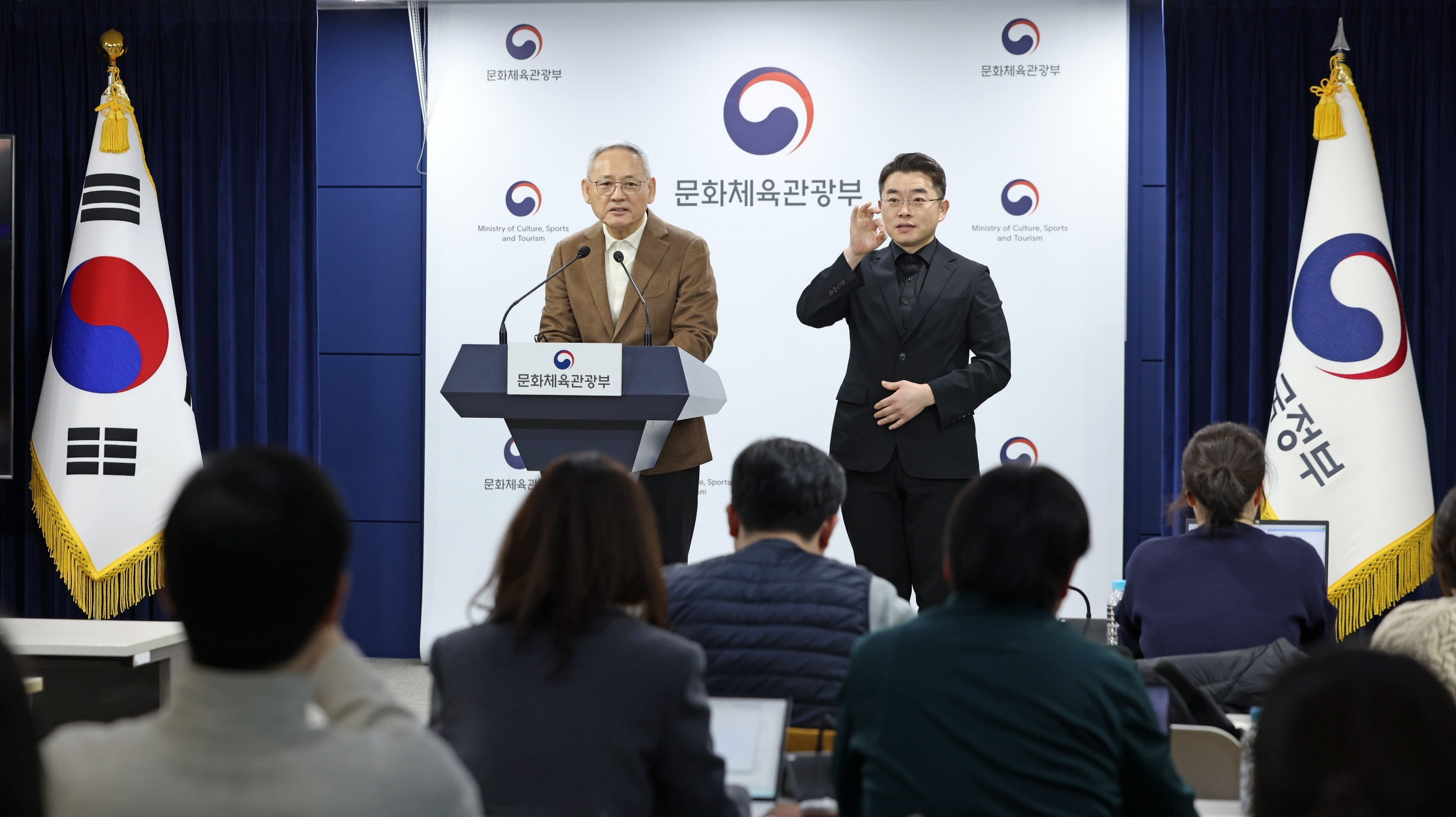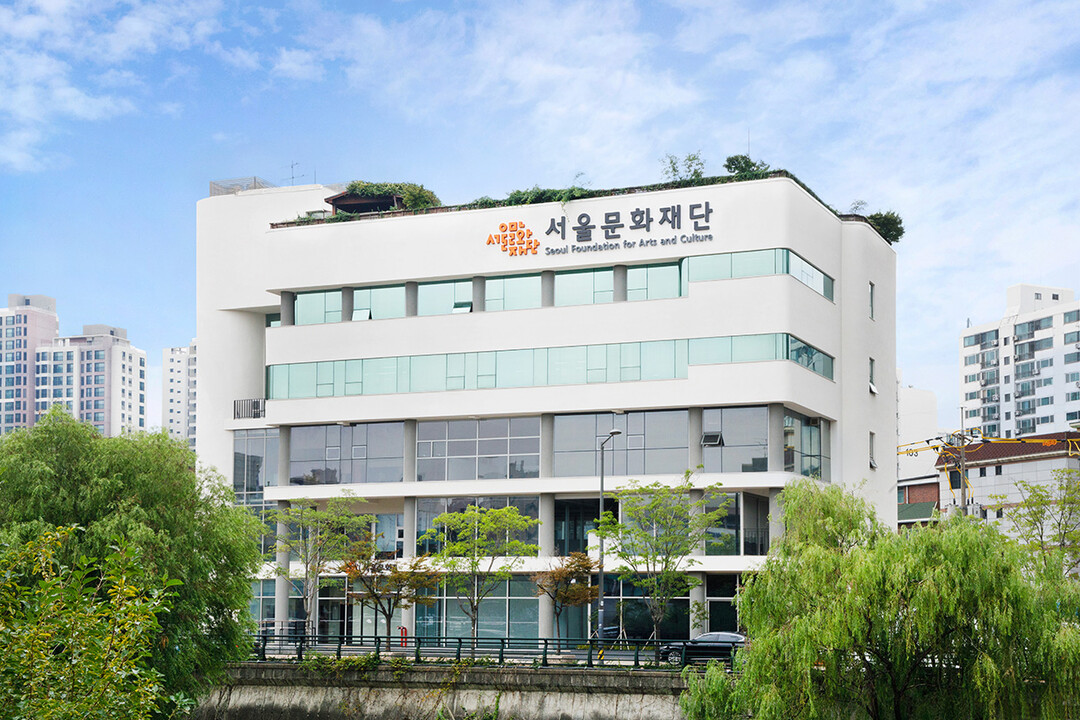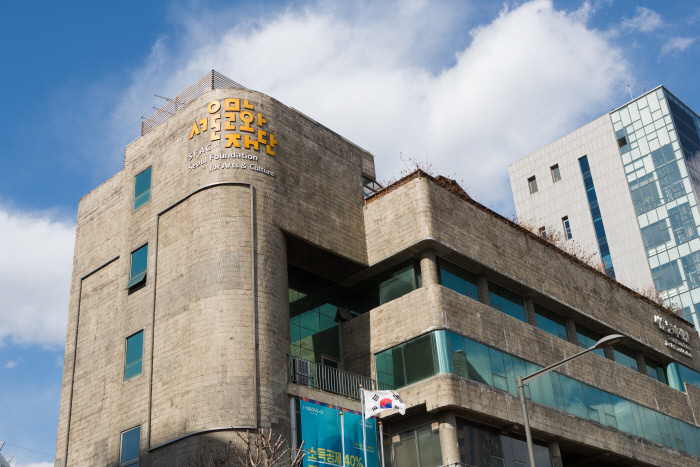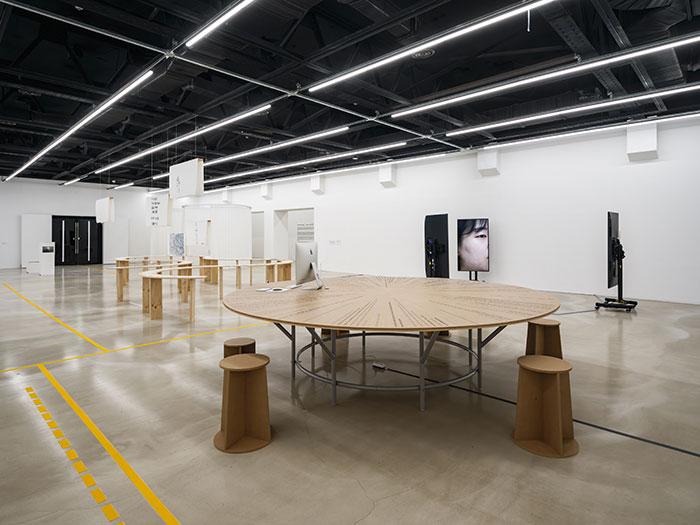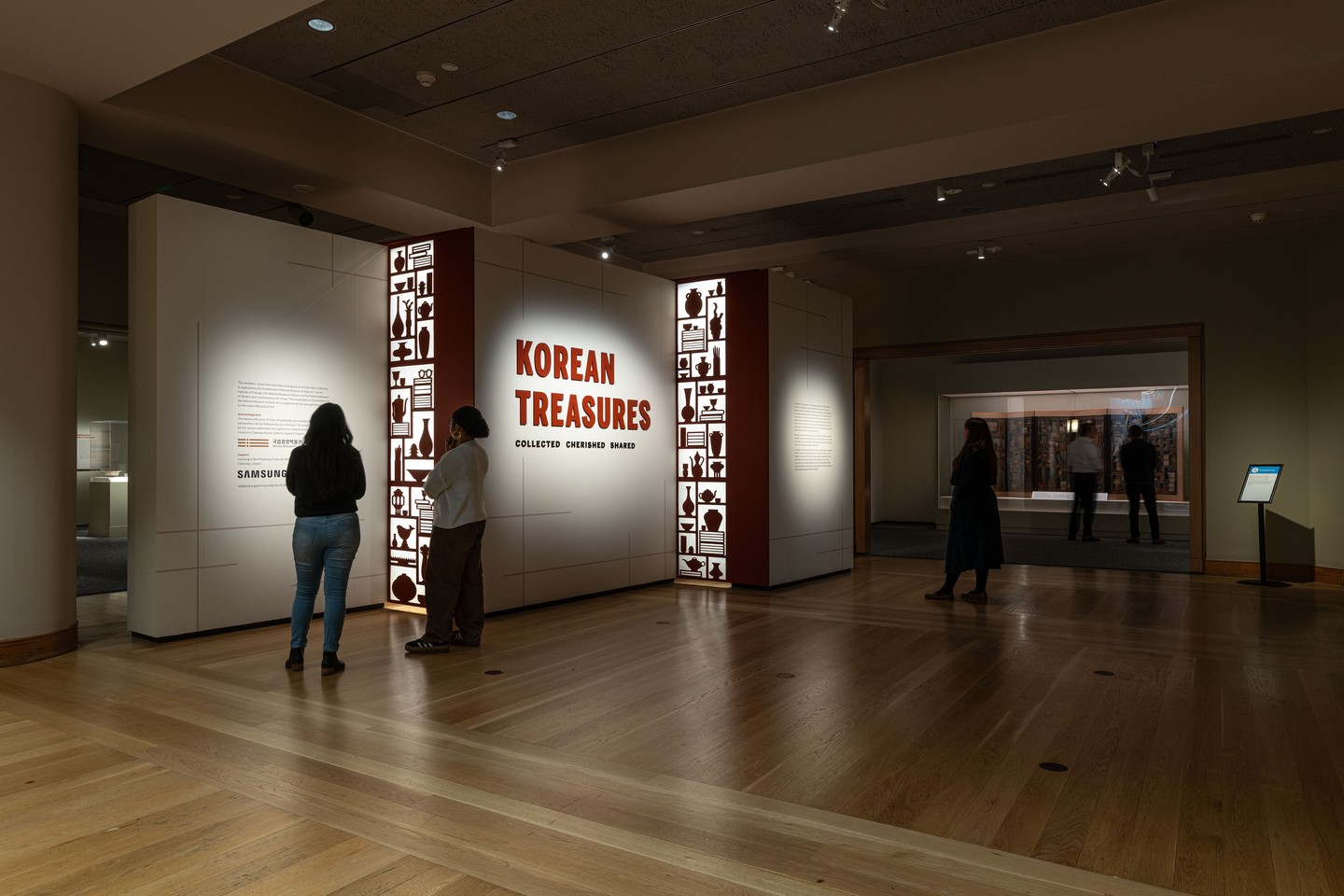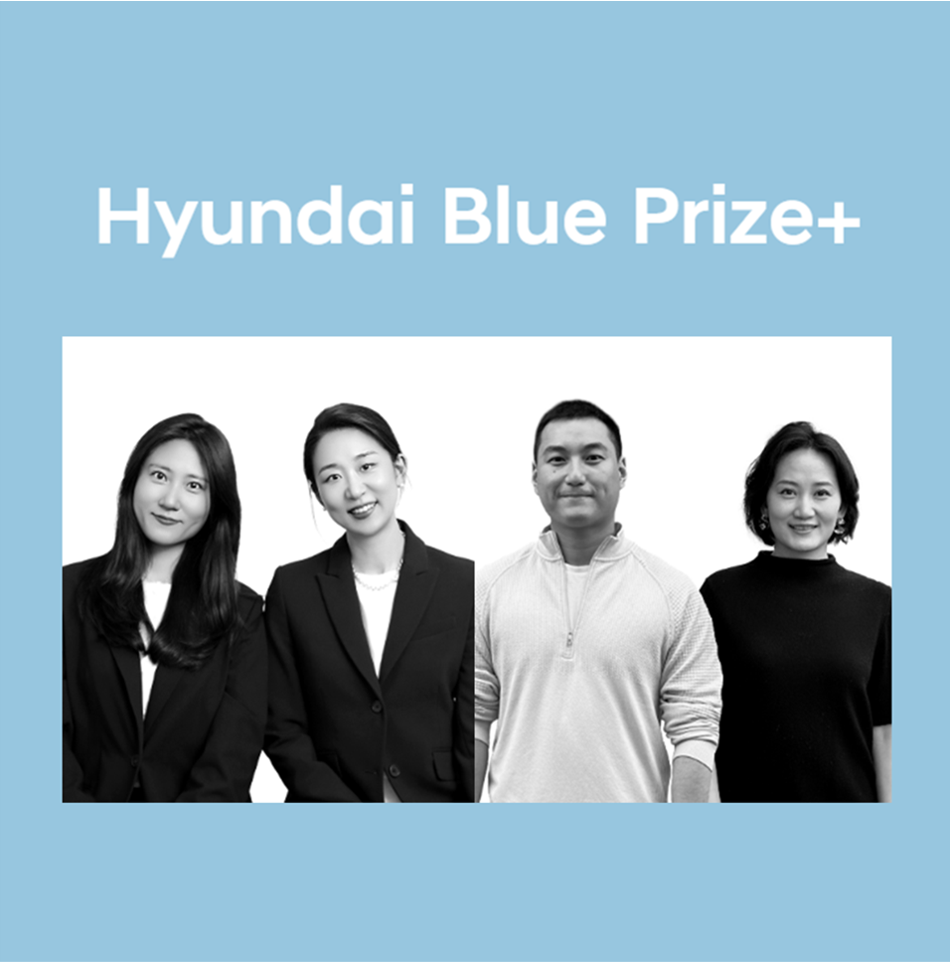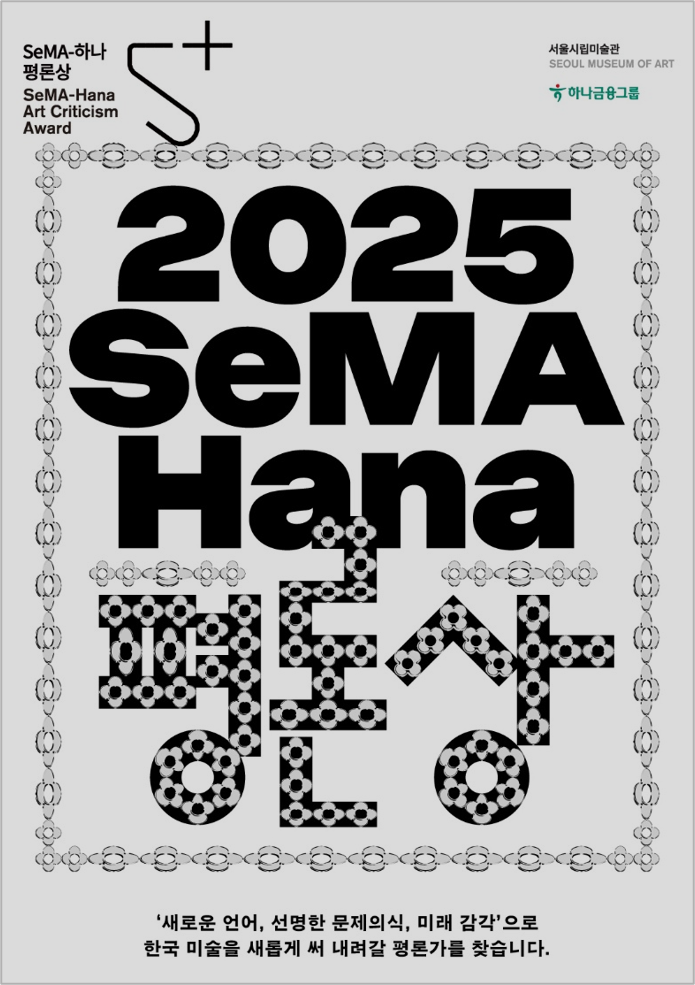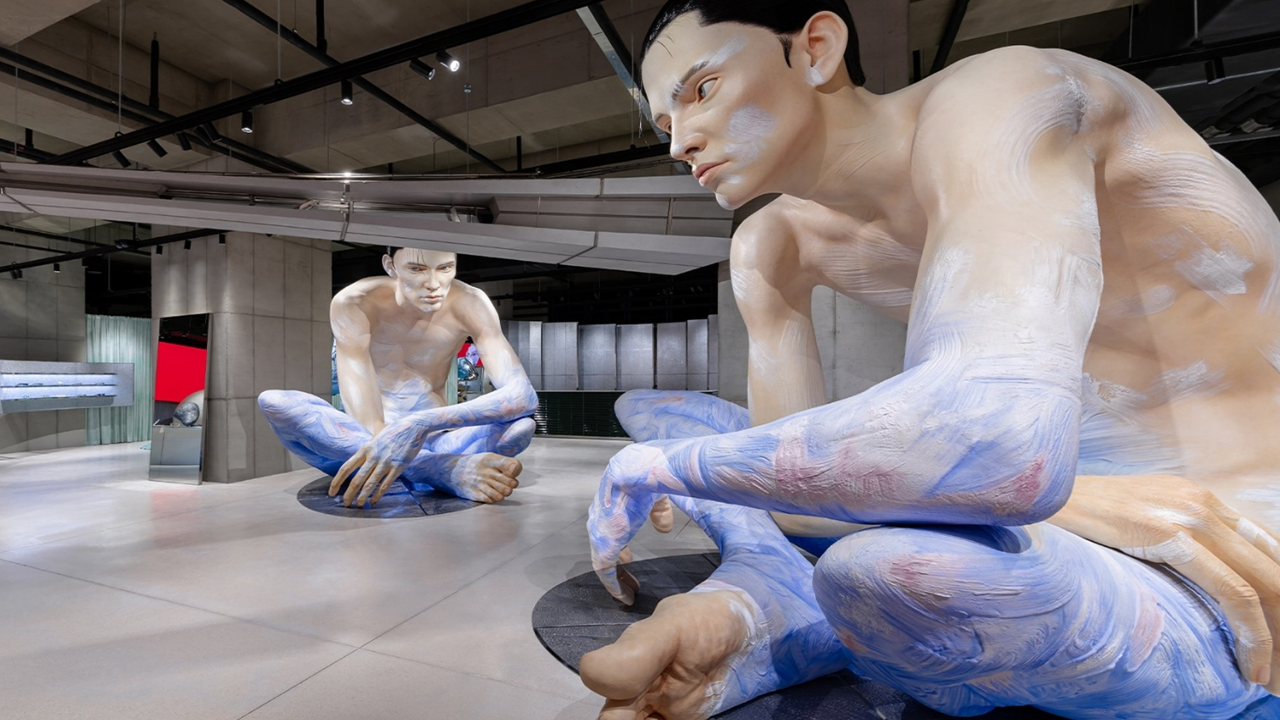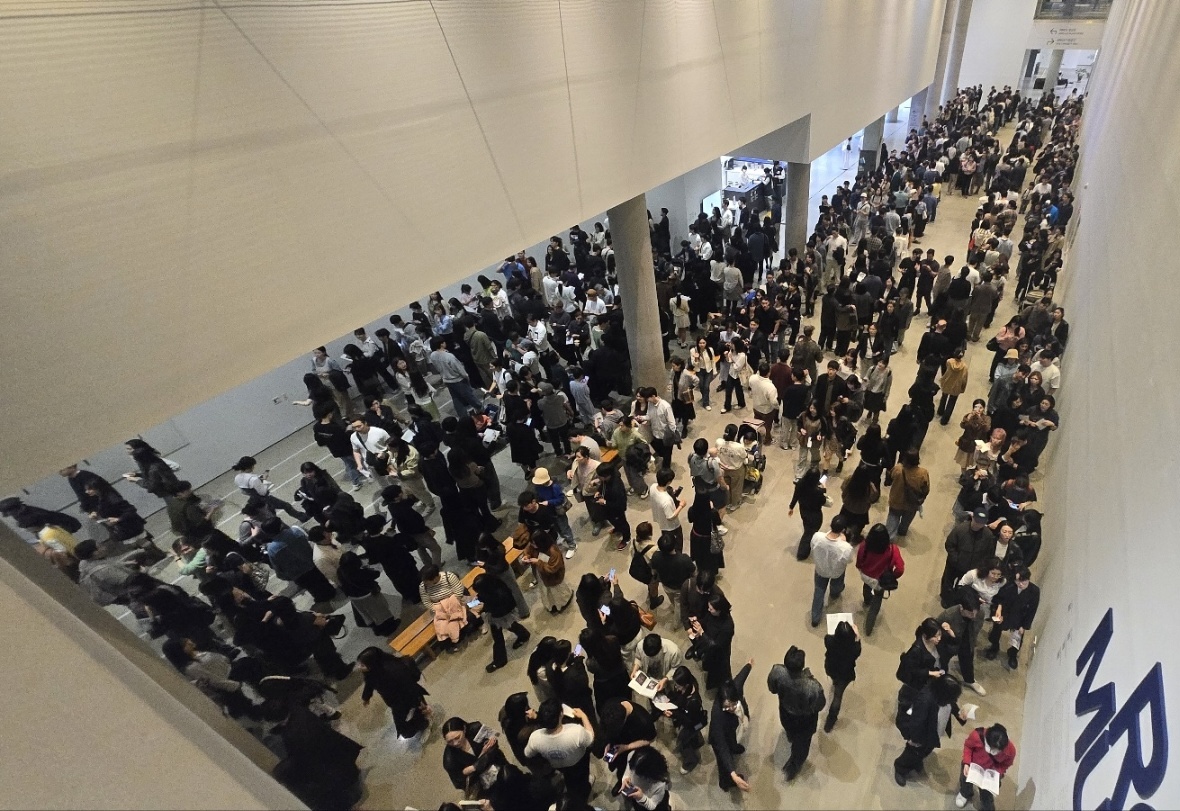 Exhibition view of 《Ron Mueck》 (MMCA, 2025) ©MMCA
Exhibition view of 《Ron Mueck》 (MMCA, 2025) ©MMCA
The Seoul Foundation for Arts and Culture
(SFAC) has released the results of its ‘2024 Survey on Cultural Engagement of
Seoul Citizens,’ conducted with 10,024 residents. According to the findings,
average annual per capita spending on culture reached 214,000 KRW, marking a
steady increase from 168,000 KRW in 2022.
The average number of cultural and arts
events attended per person also rose to 7.2 times per year, a 1.5-fold increase
from 4.6 times two years ago. The cultural participation rate reached 76.1%,
effectively returning to the pre-pandemic level of 75.6% recorded in 2018.
The results suggest a strong recovery in
cultural and arts engagement among Seoul citizens, surpassing pre-COVID-19
levels. The data also indicates a diversification of audience preferences, with
attendance shifting beyond film to include more performing arts and
exhibitions.
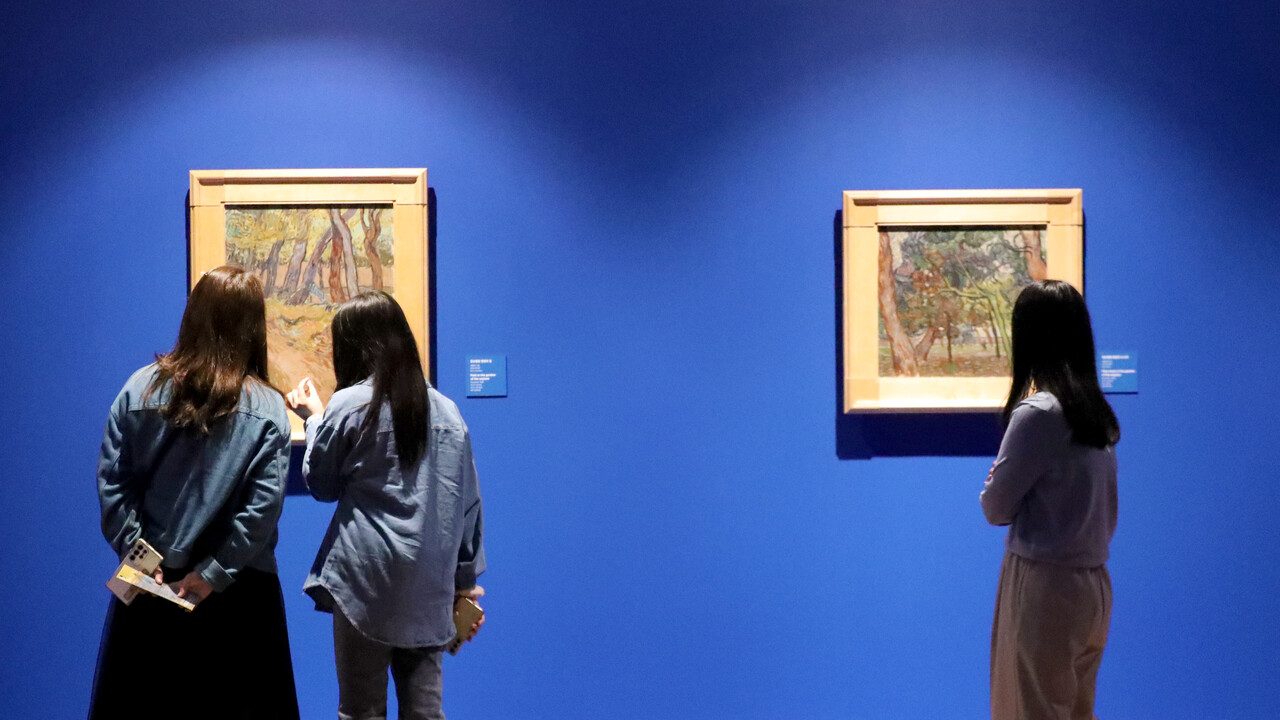 Exhibition view of 《Van Goah The Great
Passion》 (Daejeon Museum of Art, 2025) ©Daejeon Ilbo
Exhibition view of 《Van Goah The Great
Passion》 (Daejeon Museum of Art, 2025) ©Daejeon Ilbo
In the previous survey, for the first time,
attendance at performing arts and exhibitions (56.2%) surpassed that of film
(48.4%). This trend has continued, with the latest findings showing 65.2% of
respondents attending performances or exhibitions, compared to 47.9% for
films—a widening gap.
This shift is attributed to the rise of OTT
streaming services, which have reduced cinema attendance, while offline-based
performances and exhibitions remain irreplaceable experiences. The increase in
demand for fine arts is also linked to heightened cultural appetite
post-pandemic and a broader range of available content.
This year’s survey also expanded its focus
on "culturally marginalized" groups, increasing the sample of people
with physical, hearing, or visual disabilities from 313 to 755 for more
detailed analysis. The findings revealed that cultural participation among
people with disabilities remains significantly lower than that of the general
population.
When asked about priorities for creating
barrier-free cultural facilities, responses varied depending on disability
type. However, a common demand across all groups was for improved
"accessibility" (45.3%)—environments that allow for unobstructed
movement.
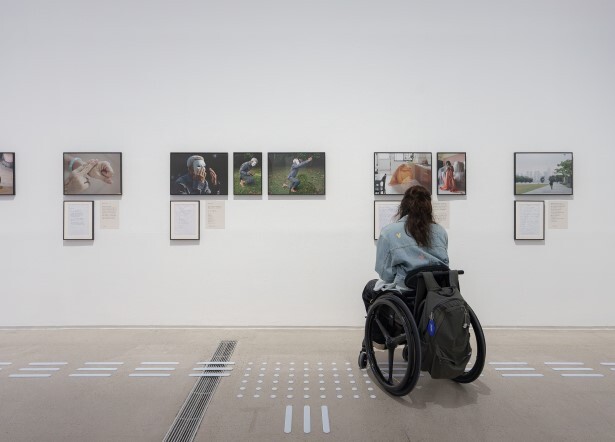
Exhibition view of 《Looking After Each Other》 (MMCA, 2025) ©MMCA
Notably, this year’s survey included, for
the first time, in-depth research and analysis on individuals at high risk of
loneliness and social isolation, examining the impact of arts and culture on
emotional well-being. The cultural participation rate among these high-risk
groups was significantly lower than average. Among those identified as socially
isolated, 41.2% had no experience of attending cultural or artistic events,
while 24.5% of those classified as highly lonely also reported no such experiences.
Based on these findings, the Seoul
Foundation for Arts and Culture plans to incorporate the increasingly diverse
cultural engagement patterns of Seoul citizens into future arts and cultural
policies. The foundation emphasized that arts and culture should be recognized
not merely as leisure activities but as tools with potential to address broader
social issues, and that this perspective should be actively reflected in policy
implementation.
The full survey report is available on the
foundation’s website at www.sfac.or.kr.



